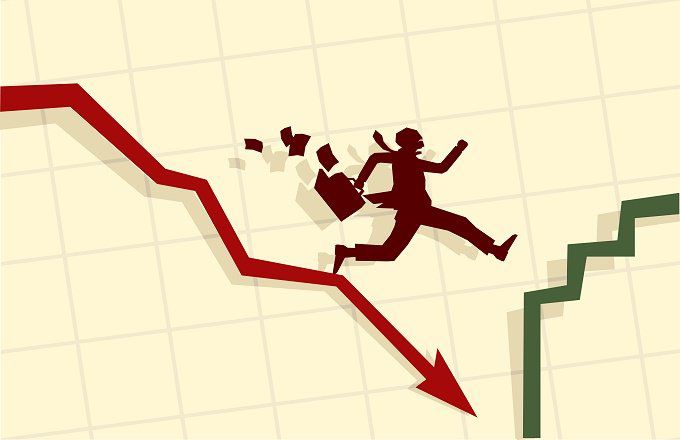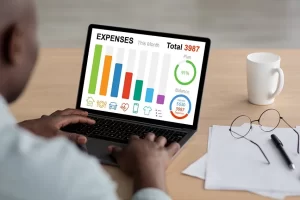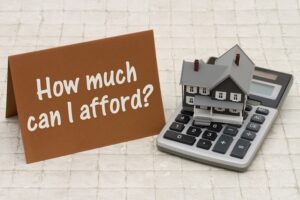Unemployment and inflation are vital economic determinants that reflect the health of an economy. These metrics play a crucial role in economic analysis, revealing valuable insights into the overall strength and performance of a country’s financial landscape. Interestingly, these two factors are interconnected, and their relationship can be complex, often exhibiting an inverse correlation under normal circumstances.
Understanding Unemployment
Unemployment occurs when individuals, typically aged 16 and above, who are capable of working actively seek employment but struggle to discover suitable opportunities. To calculate the unemployment rate, we use a simple formula:
Unemployment rate = Number of people without jobs / Total labor force.
The group of people who work or look for jobs makes up the labor force. Remember, not all working-age individuals are part of this labor force. Those who have stopped job hunting are excluded from this calculation.
Impact of Unemployment on the Economy
A high unemployment rate suggests an underperforming economy or a decline in GDP, while a low unemployment rate signifies economic expansion. Moreover, different industries may experience varying unemployment rates due to shifts in demand and technological advancements.
Types of Unemployment
Unemployment can be categorized into different types, each with its underlying causes and implications for the labor market. Let’s explore the three main types of unemployment:
Structural Unemployment- Structural unemployment occurs when shifts in markets or technological advancements render certain skills obsolete. Workers with outdated skills may find it challenging to secure suitable jobs in the modern job market. This type of unemployment is often a result of changing industries and demands for new qualifications.
Frictional Unemployment – Frictional unemployment happens when people are looking for jobs and employers can’t easily connect due to a lack of information. It’s a temporary situation that occurs during job searching when workers might not know about available job openings and employers struggle to find suitable candidates.
Cyclical Unemployment – Cyclical unemployment occurs when the economy experiences its regular ups and downs, resulting in a lack of jobs for those seeking employment. In challenging periods, like economic downturns or recessions, companies might release employees or close down, leading to increased layoffs and cyclical unemployment. However, fret not, as when the economy begins to recover and expand, cyclical unemployment generally decreases. This happens because people spend more, creating a higher demand for goods and services, which, in turn, allows businesses to hire more workers to meet these demands.
Understanding Inflation
When prices increase, inflation occurs, which implies your money will eventually buy fewer goods. The amount of this loss in purchasing power is determined by tracking the rate of price growth for a particular assortment of products and services. This is the inflation rate, which is typically expressed as a percentage. When inflation takes place, the value of your currency declines in comparison to earlier times, reducing the amount you can buy with the same amount of money. Deflation, on the other side, is a period of falling prices and rising purchasing power. There is a straightforward formula that is used to calculate the inflation rate:
Inflation Rate = [{ending price (P2) – starting price (P1)}/ the starting price (P1)] * 100
Types of Inflation
Inflation, a rise in the general price level of goods and services, has two primary types, each driven by different causes:
Cost-Push Inflation: Sometimes, companies face this situation where costs related to production go up due to external factors they can’t influence. One instance is when raw material prices suddenly spike, taxes rise, or other expenses increase. As a result, the prices of products and services in the market also go higher.
Demand-Pull Inflation: Demand-pull inflation happens when people desire more goods and services, leading to increased demand. If the economy can’t match the production, prices may start to rise.
Inflation Vs. Employment – The Relationship Between Unemployment and Inflation
To find out what relationship there is between inflation and unemployment, aspects of macroeconomics and microeconomics must be analyzed, which also end up weighing on a country’s monetary policy and public debt. Understanding the reasons and dependency relationships is easier than one might imagine.
Specifically, the relationship between inflation and unemployment (or between the inflation rate and the unemployment rate ) is an inverse one. According to the famous theory of Alban William Phillips, in fact, when the number of unemployed increases, the price level falls. Specifically, the New Zealand economist noted a relationship between the change in money wages and the level of unemployment in the British economy.
However, the relationship between unemployment and inflation also holds in reverse. In the sense that, even in the presence of actions to drastically reduce the unemployment rate, there is an increase in inflation which, among its causes, also has higher production costs resulting from increased wages.
But given that even the measures put in place by a government to lower the inflation rate have consequences, precisely in terms of employment, we are faced with an economic phenomenon that is also defined as the trade-off (“inverse relationship”) between unemployment and inflation.
According to Phillips’ theory, when there are many applicants for positions, employers raise pay since there aren’t enough workers to go around. However, in times of high unemployment, it becomes more challenging for those who are employed to get a rise in addition to salaries declining. When unemployment is low, raising workers’ pay forces companies to increase product and service prices, leading to higher inflation. Phillips represented this link between unemployment and inflation with a curve. As inflation rises, unemployment also increases because not everyone can afford the more costly goods and services.
In this scenario, entrepreneurs will earn less and will have to lay off, increasing unemployment. They will also have to lower prices to become competitive again, and therefore inflation will go down again, and the conditions will be created for new jobs. To verify these changes, the consumer price with the CPI index is used.
The Significance of Unemployment and Inflation in Economic Development
The economic well-being of a nation is measured by vital indicators like unemployment and inflation. Unemployment shows how many capable workers currently lack jobs. Inflation, on the other hand, reveals the overall rise in goods and services prices. A.W. Phillips noticed their connection in 1958.
A country’s ideal economic scenario involves low unemployment and inflation rates. Low unemployment means a robust labor market with more people employed, benefiting the economy. And with low inflation, prices stay stable, creating a predictable economic environment.
Conclusion
Unemployment and inflation are two pivotal economic concepts that gauge the prosperity of a nation’s economy. Unemployment represents the portion of the workforce that is employable but currently without jobs, while inflation denotes the increase in prices for goods and services in the market. A.W. Phillips first identified the inverse relationship between these two factors in 1958. For a stable economy and ideal development, low unemployment and low inflation rates are crucial, ensuring a balanced economic landscape. The intricate dynamics between unemployment and inflation continually influence policymakers and economic analysts in their pursuit of fostering sustainable economic growth.





